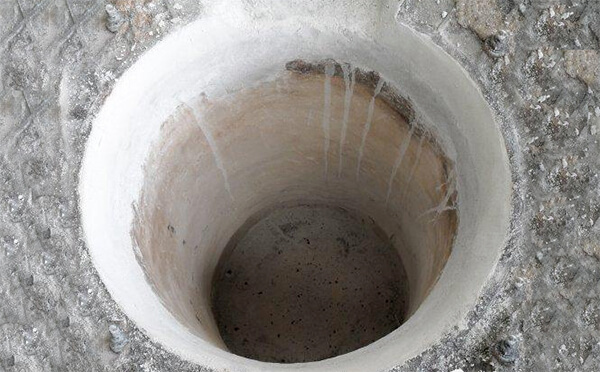Refractory Lining in Induction Furnace
Release time:
Aug 11,2023
source:
Refractory lining in an induction furnace plays a crucial role in its operation and efficiency. The lining consists of refractory materials that are designed to withstand the extreme temperatures generated during the melting process and provide insulation to prevent heat loss. Here are some key points about refractory lining in induction furnaces.

Purpose of Refractory Lining in Induction Furnace
The primary purpose of refractory lining is to protect the furnace shell and other components from the high temperatures reached during the melting process. It prevents the transfer of heat to the outer shell, reducing the risk of damage to the furnace structure.
Insulation of Refractory Lining in Induction Furnace
Refractory lining acts as an insulating barrier, minimizing heat loss from the furnace. This insulation helps maintain higher operating temperatures inside the furnace, which promotes efficient melting and reduces energy consumption.
Types of Refractory Materials
Various types of refractory materials are used in induction furnace linings, depending on the specific requirements of the process. Commonly used refractory materials include high-alumina, magnesia, silica, and alumina-silica.
High-alumina Refractories
These are made primarily of alumina (Al2O3) and are suitable for applications where high temperatures and thermal shock resistance are required.
Magnesia Refractories
These are composed of magnesia (MgO) and exhibit excellent resistance to basic slags and high temperatures. They are commonly used in the bottom and sidewalls of induction furnaces.
Silica refractories
Silica (SiO2) refractories offer good resistance to acidic slags and are used in areas where contact with acidic materials is expected.
Alumina-silica refractories
These are a combination of alumina and silica, providing a balance between resistance to both acidic and basic environments. They are commonly used in the lining of induction furnace roofs.
Lining Configuration
The refractory lining in an induction furnace typically consists of three layers.
Hot face lining
This is the innermost layer and comes into direct contact with the molten metal. It is made of a high-quality refractory material capable of withstanding high temperatures and chemical attack.
Insulating lining
This layer provides thermal insulation and is placed over the hot face lining. It reduces heat loss to the outer shell and helps maintain high operating temperatures inside the furnace.
Backup lining
The outermost layer is called the backup lining and provides structural support to the entire lining system. It is made of a dense refractory material capable of withstanding mechanical stress and thermal expansion.
Maintenance and Repair of Refractory Lining in Induction Furnace
Refractory linings in induction furnaces are subject to wear and tear due to thermal cycling, mechanical stresses, and chemical reactions. Regular maintenance and repair of the lining are essential to ensure optimal furnace performance. Repair techniques include patching, ramming, gunning, and casting of new refractory materials.
At Last
It's important to note that the specific design and selection of refractory lining for an induction furnace can vary depending on factors such as the type of metal being melted, operating temperature, slag composition, and furnace size. Consulting with refractory experts and manufacturers is recommended to determine the most suitable lining materials and configuration for a particular application.
Related News
We use optional cookies to improve your experience on our site, including through social media connections, and to serve personalized ads based on your online activity. If you refuse optional cookies, we will only use cookies that are necessary to provide you with the service. Privacy Statement
Leave your inquiry now, and get a systematic solution later.
We will contact you within one working day. Please pay attention to your email.


